Submitted by WA Contents
24H winners envisioned their ideal city models for future cities in Ct’s competition
Portugal Architecture News - Oct 02, 2017 - 12:03 21650 views
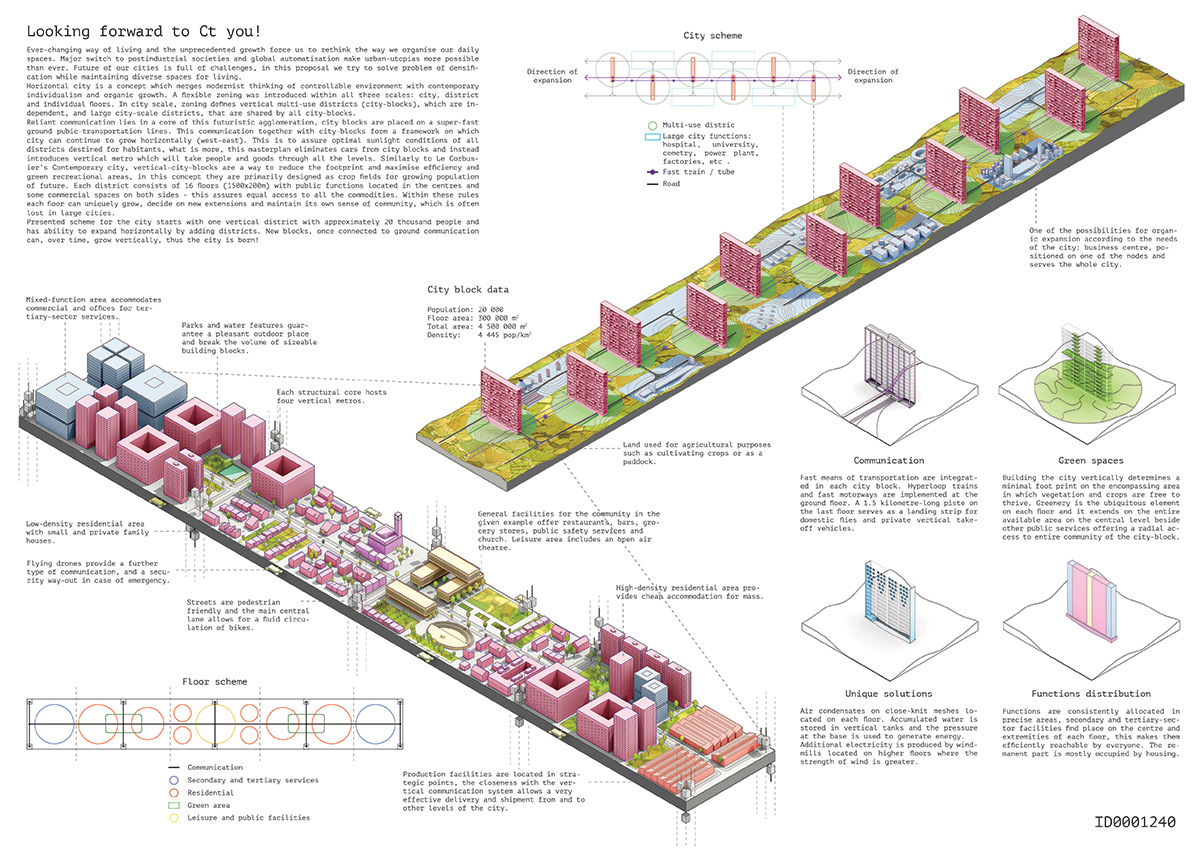
24H competition, a competition branch of ideas forward, has announced its winners for the 19th edition of the competition - called Ct’s. The winners designed their "ideal city models" propelling the futuristic evolutions for cities which can be set within next decades, while taking into account the changing demands of society in a larger scale.
The competition's 19th edition selected 3 winners from Sweden, Argentina, Russia and 7 Honorable Mentions from Russia, Hungary, Spain, Portugal, UK and India, Taiwan.
Participants designed and sent their submissions in only 24 hours and they were asked to draw a master plan for the city of the future. They should have defined their city mode with cities' population, circulation system and its organization.
All competitors were obligatorily asked to define 6 areas of the city including housing, commerce, services, industry, communication routes and green spaces, with additional areas that they could propose. They were asked to define population of the city as well. Localization and areas were not defined in the competition.
"Utopian thoughts have always been gathered on the construction of cities, with the greatest concern being the constant quality of human beings life, as a society with an eye on the future. Some of these great proposals have never materialized because they were considered a utopian error, but they have served as inspiration for many proposals for urban planning," stated the competition.
"Our present cities are still not perfect, of course, but it is because of this that evolution and the needs for change remain present in the demands of society. Knowledge, Ethics, Esthetics will be the way to reach a site that everyone seeks to find."
Scroll down to see the winners with jury comments below:
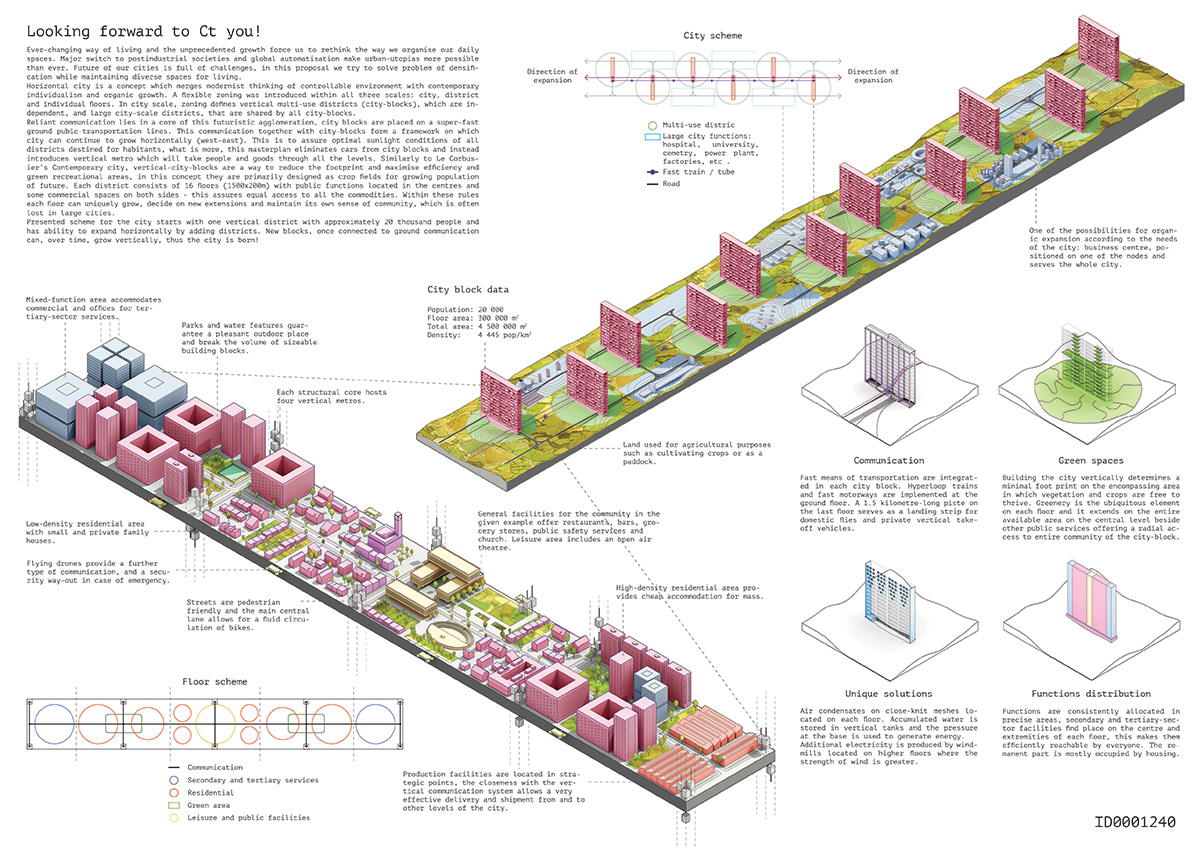
1st prize winners: Piotr Pietras and Veronica Camuncoli - Lund, Sweden
"The proposal reorders and structures the cities with innovative solutions very connected to the recent past. The buildings have a large range of detail in their composition elements and in their different scales. The somewhat conservative reference is equally attractive and well-worked," said Joanna Helm, arq.
"The proposal is based on an inspiring interpretation of handling density in complex urban settings, which also aims to minimize buildings’ impact on natural environments. The way the project interprets precedents and takes them further by speculating on the future of cities is appreciated. The versatility of individual “city floors” within the proposed system promises variations in urban settings with different requirements, which forms another important aspect of the design. Finally, keeping the limited time available in mind, the proposal has successfully been developed and elaborated to present its speculative scenario for prospective urban settings," said Onur Ozkoc, arq.
"Looking forward to Ct you, takes on the grand issue of densification while maintaining the urged quality of life. Light, air and a close relation to green nature is the remedy, so they stack the city to make space on the ground. I really like the ambitious thought of solving this through simple organization, solving the city as you would a building. The proposal is very elegantly communicated," said Martin Smedsrud, arq.
"The proposal has managed to create the perfect urban community in scale, diversity, legibility and organization. At the same time, it manages to propose a solution for solving a rational and effective mass production of communities on a macro level. It shows an understanding for the important, and at times dystopian, visions of the utopias from the last century, and combines them with a delicate solution for city design on a human scale. Prototyping the perfect city within a framework that can allow adjustment and local adaptation, stacked in mega structures that can inhabit any context and be scaled to infinity," said Arne Reisegg, arq.
"More than nine decades after first presented by Le Corbusier, the city of the Modern Movement still lives and thrives in our imagination: tabula rasa, implicit confidence in philosophical positivism and faith in technological progressivism. How dense can we make the city? How clean? How tall? How fast can we move around it? In sum, what is the best city (future) technology can build? The Horizontal City is a powerful and neat proposal that skillfully answers all those questions with a good dose of optimism. It borrows heavily and uncritically from its Modern—and even pre-Modern—precedents, and it is perhaps that lack of criticism that pushes it forward making it somehow credible, and subtly disquieting," said Alvaro Bonfiglio, arq.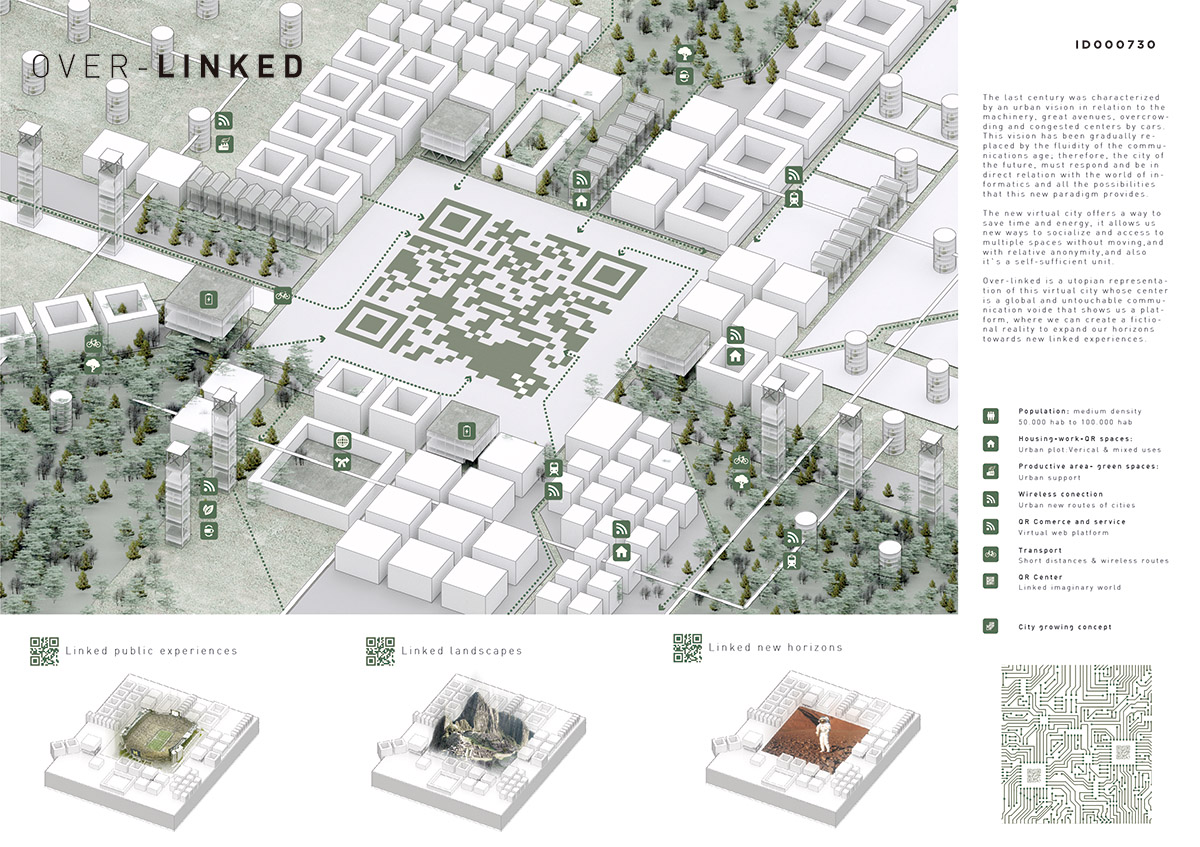 2nd prize winners: Francisco José Vannini, Emiliano Barbeito, María Candela Parra - Villa Carlos Paz, Argentina
2nd prize winners: Francisco José Vannini, Emiliano Barbeito, María Candela Parra - Villa Carlos Paz, Argentina
"A solution that responds to a close contingent, with connections that adapts the technologies to aN utopian city. The central element of the city is renovated and transported through virtual reality is at last an interesting, creative and re-based element of the concept of the ancient Agora. It is a simple proposal, static, without great aesthetic variations, which in the meantime is closer to a possible future reality," said Joanna Helm, arq.
"The project’s unique approach to merge the virtual and physical worlds in a single proposal is rather exciting, however, the project may benefit from a deeper investigation of the possibilities and extents imposed by digital media on individual’s lives. The brilliant proposal for coexistence in both realms may also benefit from eliminating direct references such as taking a circuit board as a model for “city growing concept," said Onur Ozkoc, arq.
"Over-linked takes augmented reality to city planning. The city center as what we want it to be, not on a personal level, but as something the public can experience together. It’s an intriguing thought, and nicely presented," said Martin Smedsrud, arq.
"The proposal focuses on a traditional mixed city ideal in combination with a utopia of futuristic connectivity and virtual experience. Although it is not scalable to address a larger demand for housing in an urban context, it could be copied and linked to create a cluster of mini cities," said Arne Reisegg, arq.
"Nowadays, we interact with the built environment through a mixture of real relationships and virtual connections: we search for a good coffee shop by checking maps over the smartphone, or we chat with friends in a bar while asking other friends to join us through some social media application. Or, we can even find specific sets of information overlaid directly on the camera feed of our smartphones through the use of augmented reality. The Over-Linked proposal tries and explores with great insight and craftsmanship these real, virtual and mixed reality environments, this is, the virtual continuum, at a city scale. Its main urban space, the QR Center–which is somewhat close to Star Trek’s holodeck–is actually a void ready to be filled with imaginary and fantastic worlds. Here, the traditional ceremonial, monumental and representative center of the city becomes a virtual playground. The possibilities are endless," said Alvaro Bonfiglio, arq.
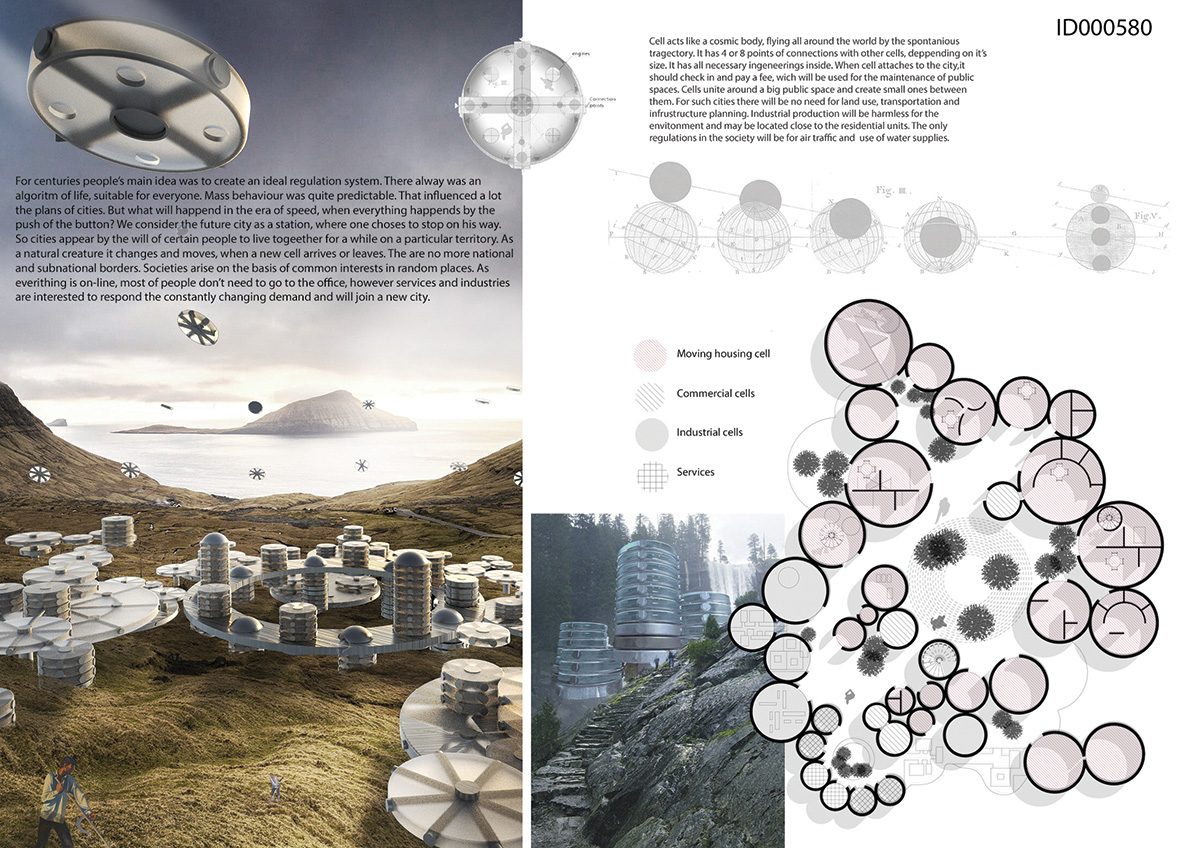 3rd prize winners: Konstantin Golovnev, Ekaterina Limonova, Sergey Izko - Saint-Petersburg, Russian Federation
3rd prize winners: Konstantin Golovnev, Ekaterina Limonova, Sergey Izko - Saint-Petersburg, Russian Federation
"A proposal of conformation of utopian city that has responded with intelligence according to the requirements of the contest. The solution of independent modules that are connected and that are in constant movement, is delicate and sensitive. Structures are grouped and separated by deconstructing the concept of boundaries, creating mutable and constantly moving cities. The modules of occupation were well thought out and developed and the proposal explains well the mechanisms of operation and interconnectivity between spaces and the infinite possibilities of organization of cells. A simple proposal, which presents a futuristic rereading of beehive cities," said Joanna Helm, arq.
"The project successfully interprets cities as plug-in stations for mobile units. Variation in the layouts of individual units, and consideration of urban zones as a result of mobile units’ configurations are well elaborated to convey the main idea. In short, the alternative scenario of moving cities and stations forms an interesting contribution to the discussions on the future of cities," said Onur Ozkoc, arq.
"Cities appear by the will of certain people to live together for a while on a particular territory. The proposal redefines the city in an ideal world where you get to choose your belonging. No strings attached," said Martin Smedsrud, arq.
"The proposal takes an interesting position in the discussion around countries vs cities for future power centers, and the possible changeability of the urban environment. The movable cells support the idea of the city as an organism, and a future society without borders," said Arne Reisegg, arq.
"Natural Born Nomads. This proposal generates a fantastic response to a simple thesis: Humans are roamers, and whenever the species reaches the necessary level of technological development, it will naturally evolve towards a nomadic society. Thus, this project feels closer to an exercise of prospective science-fiction than an urban design proposal, because in fact, there will be no cities. In the future, total mobility is achieved through drone-like dwelling units, which are capable of forming ad-hoc cluster compounds: always changing, always moving. Ready to fly to the next destination, looking for better weather, companion, or services," said Alvaro Bonfiglio, arq.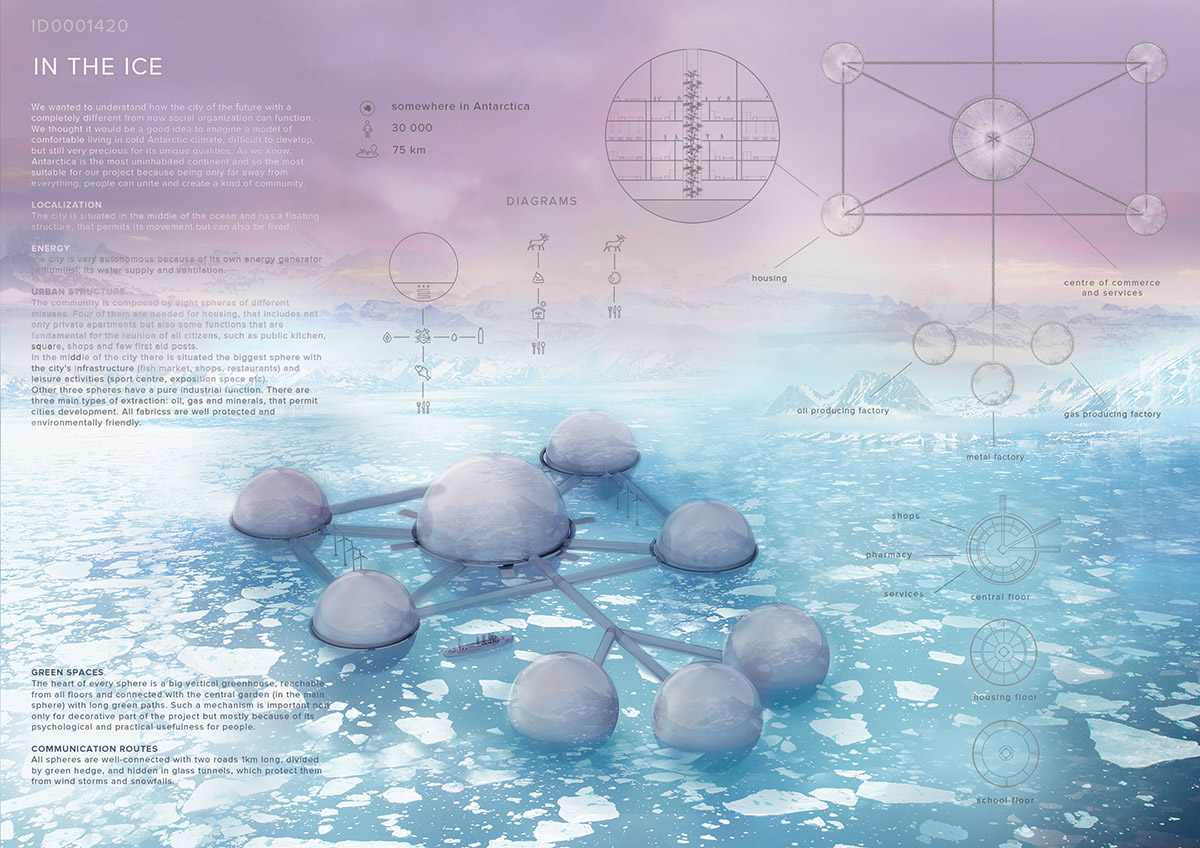
Honorable mention: Maria Medushevskaya, Ekaterina Baranova, Elizaveta Mashkova - Moscow, Russian Federation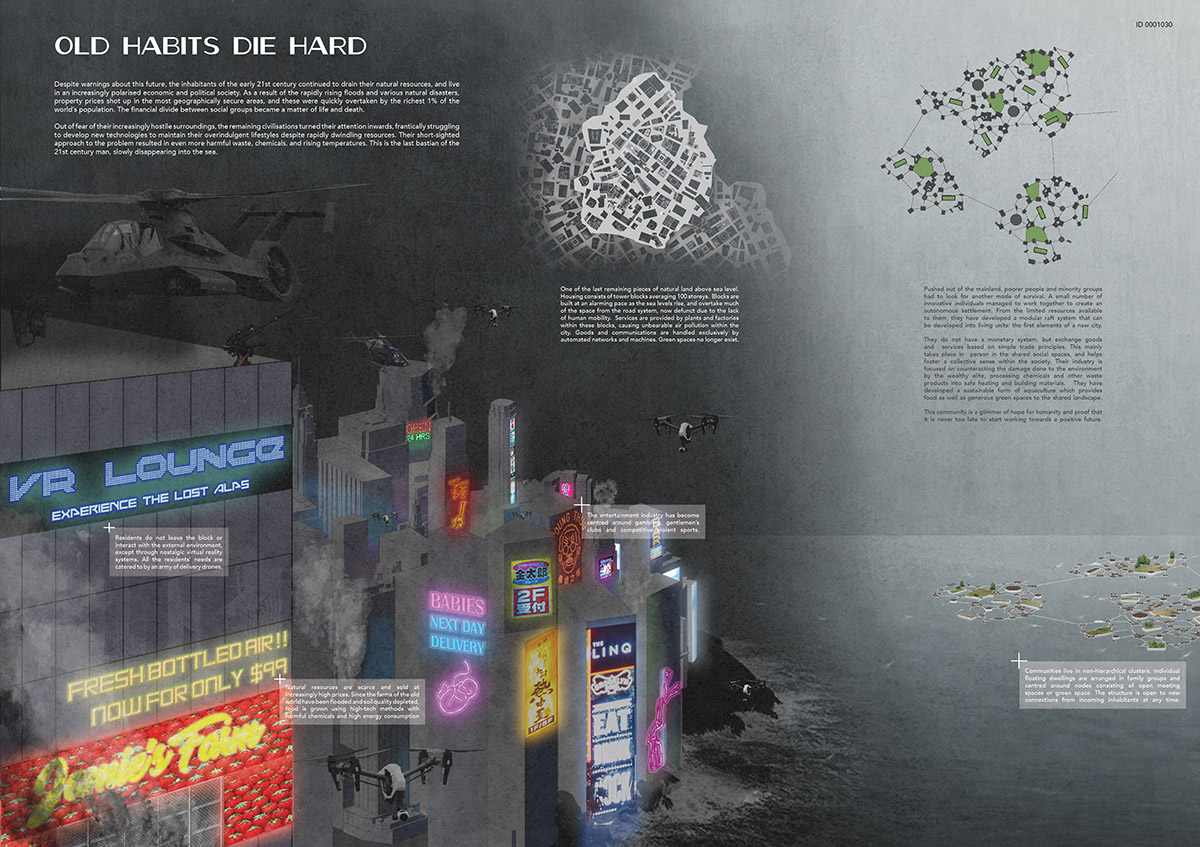
Honorable mention: Fruzsina Karig, Kate McAleer - Budapest, Hungary
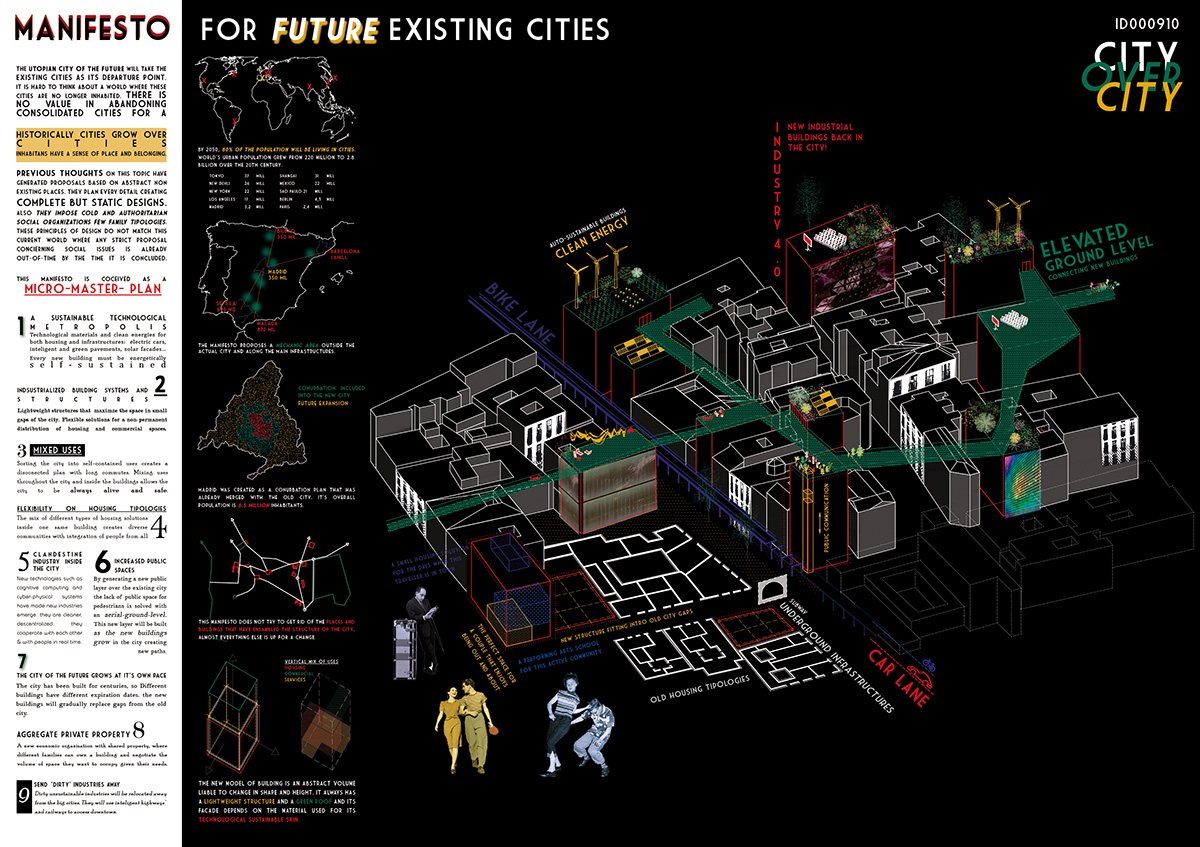
Honorable mention: Esther Moreno Palacios, Marina Durán Merinero - Madrid, Spain
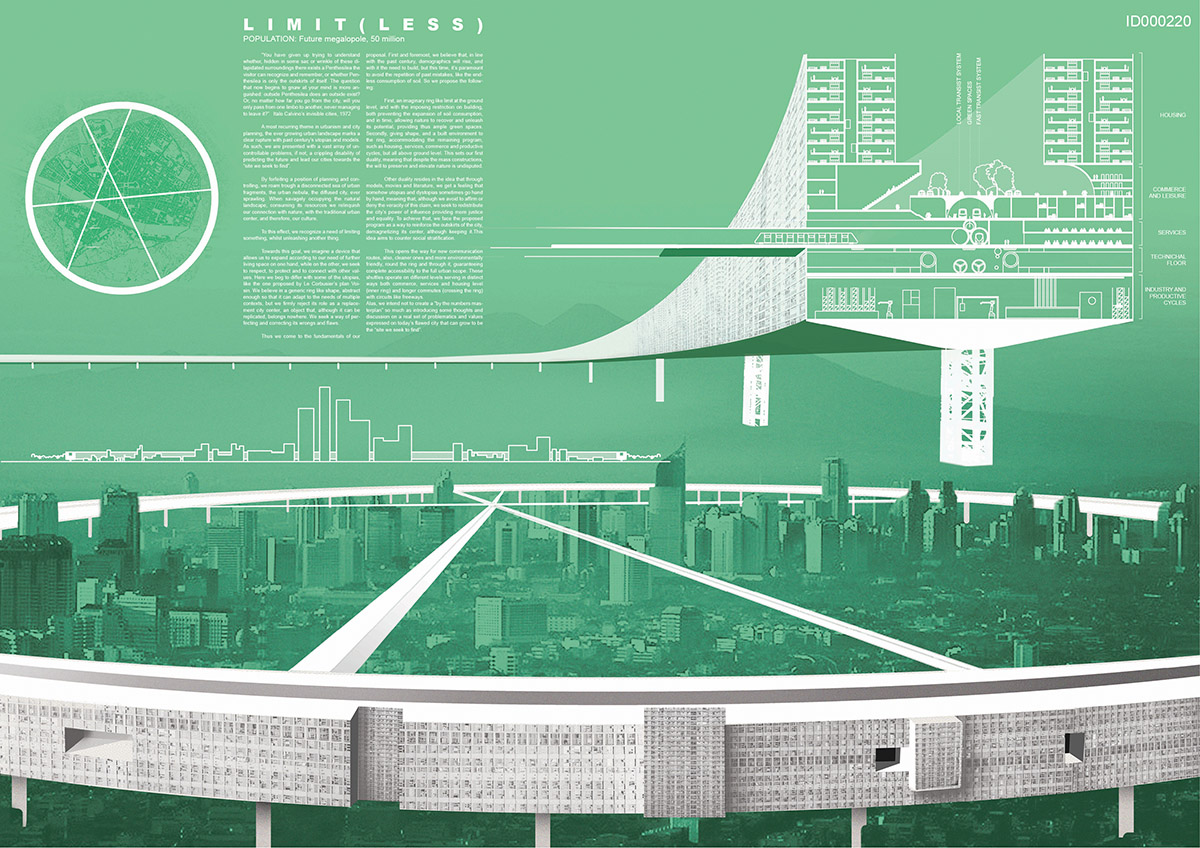
Honorable mention: Jorge Nuno Monteiro, José Costa, Gonçalo Castro - Porto, Portugal
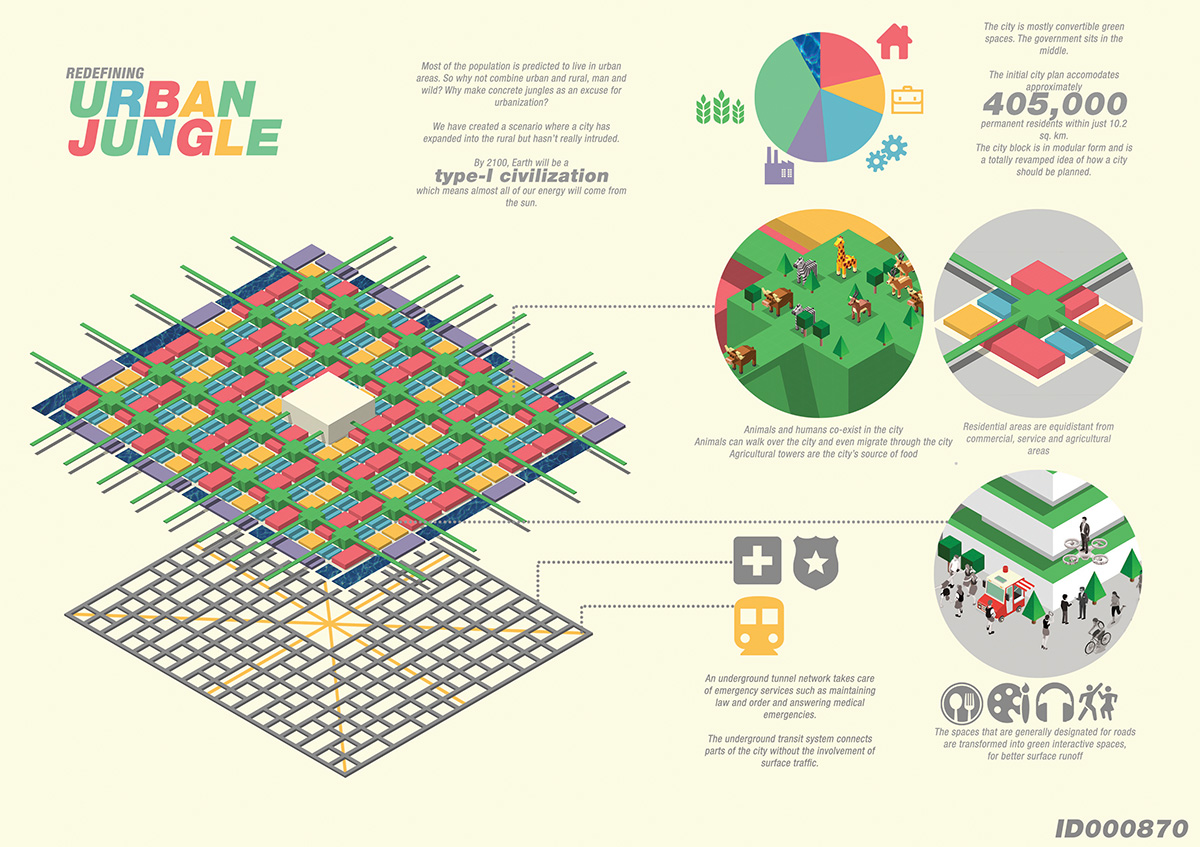
Honorable mention: Diagung Thongram, Ayantika Roy, Abhishek Kumar, Durjoy Biswas - Cuttack, India
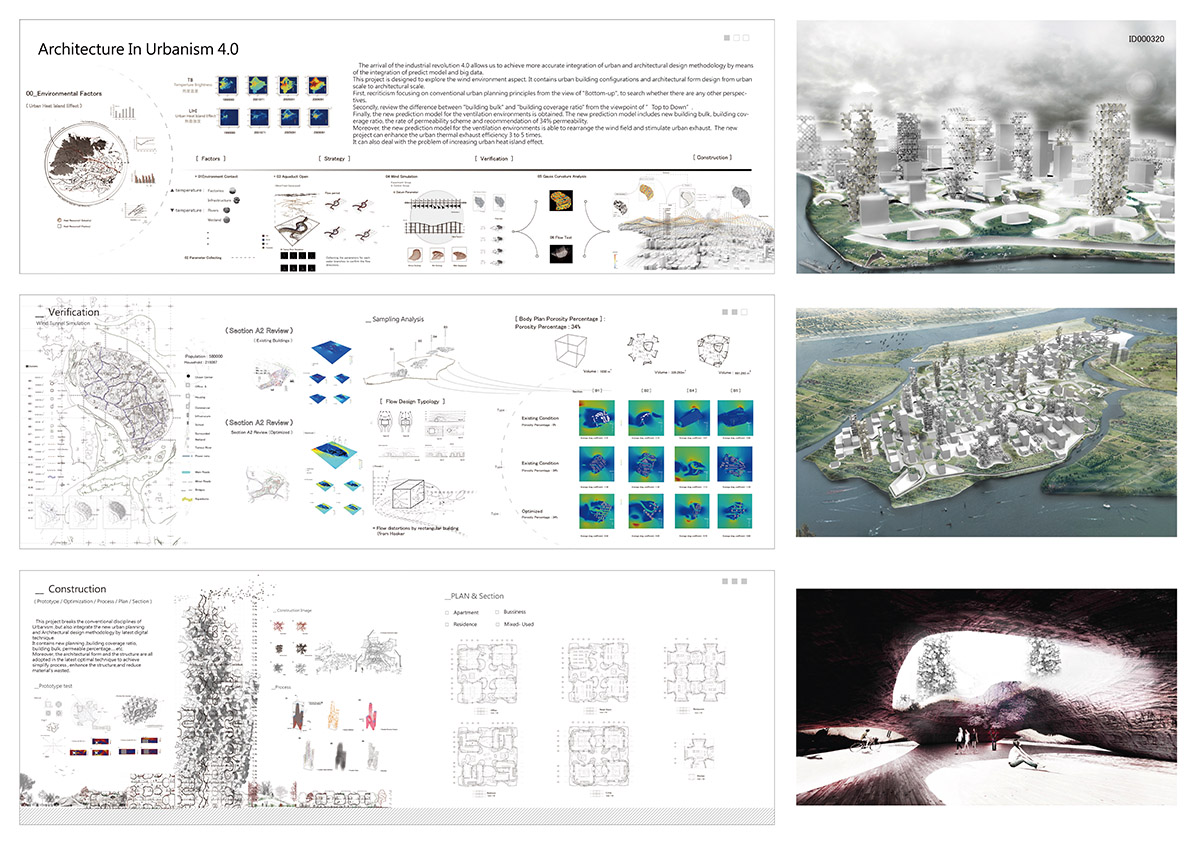 Honorable mention: Kai Yeh - Chiayi, Taiwan
Honorable mention: Kai Yeh - Chiayi, Taiwan
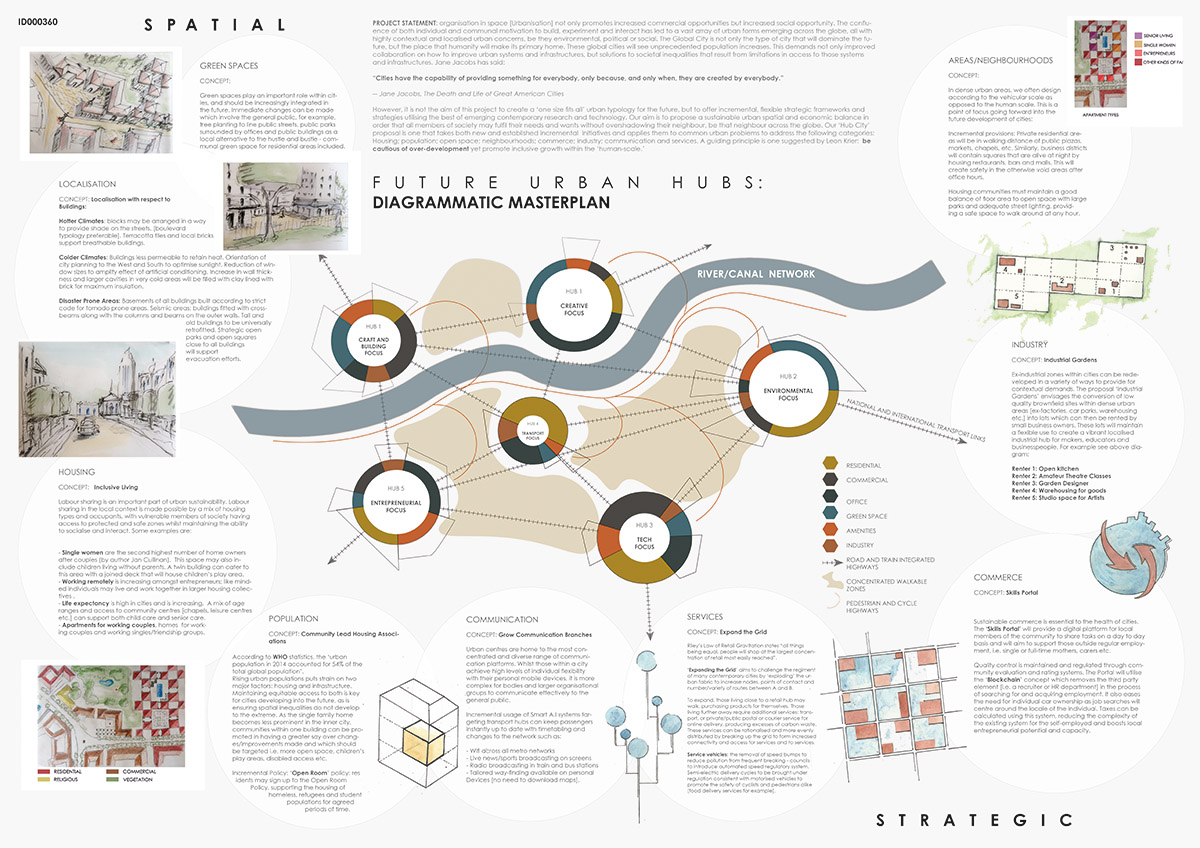 Honorable mention: Holly Templeton, Shreya Mukherjee - London, United Kingdom
Honorable mention: Holly Templeton, Shreya Mukherjee - London, United Kingdom
World Architecture Community is media partner for 24H competitions and you can register to 24H's next competition Biomimetic. Regular registration period ends up on October 11, 2017.
All images courtesy of ideas forward
> via ideas forward
